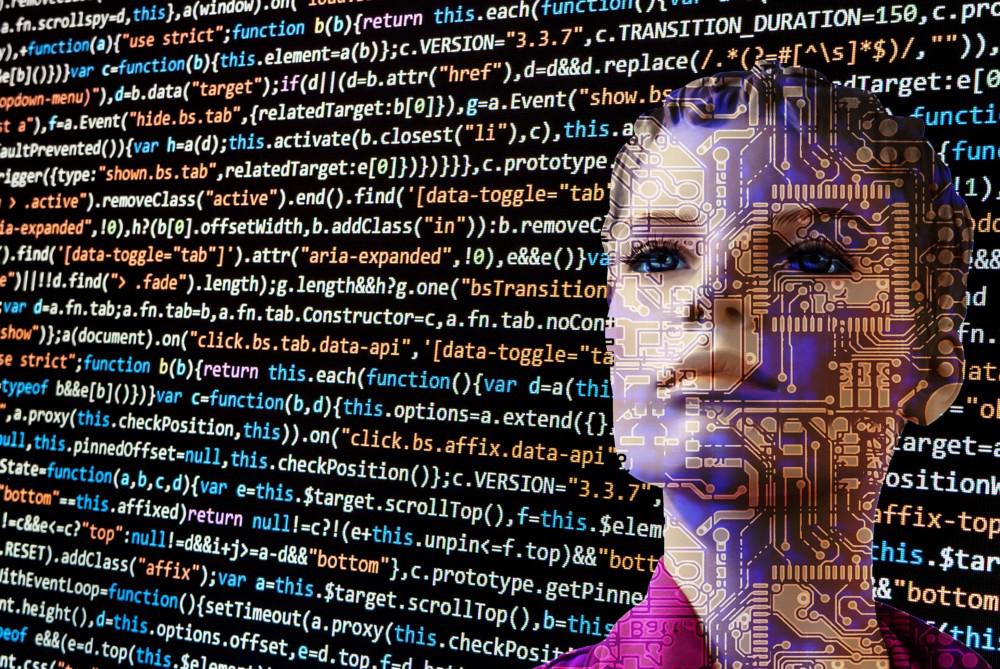
Artificial Intelligence has been buzzing in technology circles for years now. Conjured as a transformative power for businesses of all kinds, the possibilities seem endless. Some praise the opportunities, others are concerned by super intelligent machines. Both optimism and skepticism are promoted by science fiction on the one hand and by euphoric researchers on the other. But futuristic scenarios, no matter if painted in dark or bright colors, do not reflect the present opportunities and challenges. To facilitate the transformative capabilities of AI it is time to look at what existing AI implementations can already do and to put the technology into use, sensibly and above all with a clear vision. Ensuring usability and applicability for a broad target group while enabling form-fitted solutions for unique tasks is key.
AI’s biggest asset is the capability to evaluate great amounts of data in almost no time. Data-based decision-making is no longer a hassle but becomes intuition when AI is providing the right assets at the push of a button. The rise of augmented analytics shows the potential for AI in databases. The term was first used in 2017 by research and advisory institute Gardner and describes the automation of data analysis. Augmented analytics tools read the database of a company, clean it of useless stuff, analyze it independently and transfer the results into concrete and reliable recommendations for executives, marketing or HR departments. Especially for small to mid-level companies, this is the chance to really become data driven.
Contextual privacy is another great example of how AI transforms the use of databases. Thanks to AI, different users can be provided with different sets of data by the same source. Every user only gets the information necessary for the position and the task at hand, making the analysis much faster. At the same, time data silos are opening as sensitive information can be pseudonymized for all tasks where full access is not necessary. AI makes it possible to secure personal data while still making use of the macro data available. Rather than needing to be locked in, sensitive data becomes available for many layers of security or organizational levels. Meanwhile it becomes more secure than ever.
Making existing information accessible and usable at high speed is transforming the way we do business. For many businesses that means to recap what datasets are already existent. And many realize their databases are not holding up to the standards. AI applications need to rely on solid datasets. Lackluster databases are taking their toll, and businesses are slowly realizing that. According to Uniserv, many businesses see the greatest optimization potential in the improvement of the general data quality. Especially compared to years before, the dissatisfaction with one’s own datasets is rising.
But AI can do more than analyze existing information. How far AI has come and how profoundly it can transform work processes, businesses and everyday life becomes visible when looking at the data AI can not only process but collect. AI is not only able to analyze text- and number-based datasets but to extract and compare information in real time. Text-based real-time data analysis transforms chat bots into seemingly emphatic helpers, answering as if human. Audio-based AI will further transform voice-activated devices such as Alexa, Google Home or Siri, making voice-based search conversation-like. The analysis of images and film is the logical next step and already being put into practice.
The transformative trajectory of this is evident when looking at how image analysis is transforming health tech. In April 2018, the U.S. Food and Drug Administration (FDA) allowed the use of AI for diagnosing diabetic retinopathy, a diabetes complication that affects the eyes. High resolution images of the eye are fed into a data cloud and via deep learning, the AI will then respond with a diagnosis. The technology already diagnoses positive cases with an accuracy of over 87%. The AI is continuously improved by additional images and learnings.
In the case of diagnosing eye diseases, professional high resolution pictures are needed, but in principle, AI can extract sufficient learnings from images and video of any type and in real time. Startup Unleash Live is proving how the analysis of live video can benefit an array of industries. Early warnings systems and damage assessment for natural disasters can be transformed as well as event management or maintenance on railroads and pipelines. AI for live video can even revolutionize the viewing experience of sporting events and other live streams.
The trick to turn AI-driven video analysis into a viable technology is to make it widely accessible, which incorporates the analysis of video data from any device in real time. That may be high resolution images from professional cameras and drones or video streams from mobile phone cameras. Via cloud computing and deep learning, videos can then be analyzed for an array of tasks, making things visible that the natural eye cannot see. Analysis of before and after videos can detect damages to building structures or railway infrastructure. With real-time video capturing, AI is able to create 3D models in real time, transforming event planning and virtual reality experiences.
Unleash Live is developing the technological basis to analyze any kind of video for any kind of task. The limit is the imagination. A data cloud that all Unleash Live video streams are fed into builds up a database capable of tackling a variety of vision-based tasks. The system and the low entry barriers on a camera level make the utilization as easy as an app. Putting visual AI into use on a broad level is already possible and this is where AI shines: In making deeply analytical tasks intuitive. In a video-driven world, video is the place to do that.